Part Analysis
The main parts of the graphics card are the backplate, the cooler, the PCB, and the fan assembly.
Photos of the PCB’s front and rear sides. The PCB is small!!
The cooling solution doesn’t have much work to do, given how efficient the AD104 GPU is.
The AD104 GPU follows the Ada Lovelace architecture. TSMC manufactures it and uses a 5 nm production process. Its die size is 294 mm2, and it has 35.8 billion transistors. It was released on January 3rd, 2023, so it is a bit aged for GPU standards. We all expect NVIDIA to release its successor soon.
Galax didn’t use the FE PCB but a modified one to offer higher performance and room for higher clocks. So, instead of seven power phases for the GPU, we find eight. VRAM is fed through a pair of power phases, as in the RTX 4070 Super FE. For reference purposes, the Galax GeForce RTX 4070 Ti Super EX has 11 phases for powering the GPU.
The card’s PWM controllers are a UPI uP9512R for the GPU’s VRMs and a uP9529Q for the VRAM’s phases.
The GPU’s VRMs use Alpha & Omega AOZ5311NQI BLN3 DrMOS, each rated for 55A max. The VRAM phases use the same DrMOS type. Micron makes the memory chips, and their model number is D8BZC. This decodes to MT61K512M32KPA-21:U (GDDR6X). They are rated at 1313 MHz (21 Gbps effective).
The card’s power socket. Its type is 12V-2×6.
Right below the 12V-2×6 header is a shunt resistor for reporting powering readings.
The RGB controller.
The fans are by Ecotherm. Their model numbers are GFY09215H12SPA and GFY10015H12SPA. The stickers of the 92mm fans write sleeve bearing, so I suspect none of them uses a dual ball bearing, which is the usual choice for GPU fans.
Some more photos of parts.
- Prologue & Technical specifications
- NVIDIA’s Key Technologies
- Box & Contents
- Part Analysis
- Specifications Comparison
- Test System
- Game Benchmark Details
- Raster Performance
- RT Performance
- RT Performance + DLSS/FSR Balanced
- Raytracing Performance + DLSS/FSR Balanced + FG
- DLSS/FSR Balanced (No RT)
- DLSS/FSR Balanced + FG (No RT)
- Relative Perf & Perf Per Watt (Raster)
- Relative Perf & Perf Per Watt (Raster + DLSS/FSR)
- Relative Perf & Perf Per Watt (RT)
- Relative Perf & Perf Per Watt (RT + DLSS/FSR)
- Relative Perf & Perf Per Watt (RT + DLSS/FSR + FG)
- Rendering Performance
- Operating Temperatures
- Operating Noise & Frequency Analysis
- Power Consumption
- Clock Speeds & Overclocking
- Cooling Performance
- Epilogue
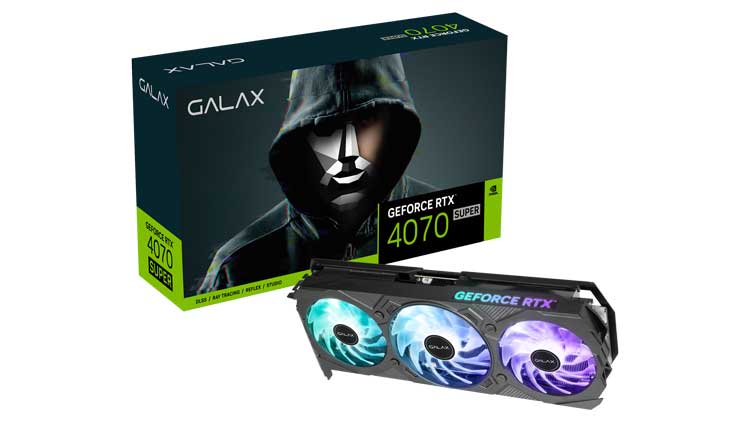
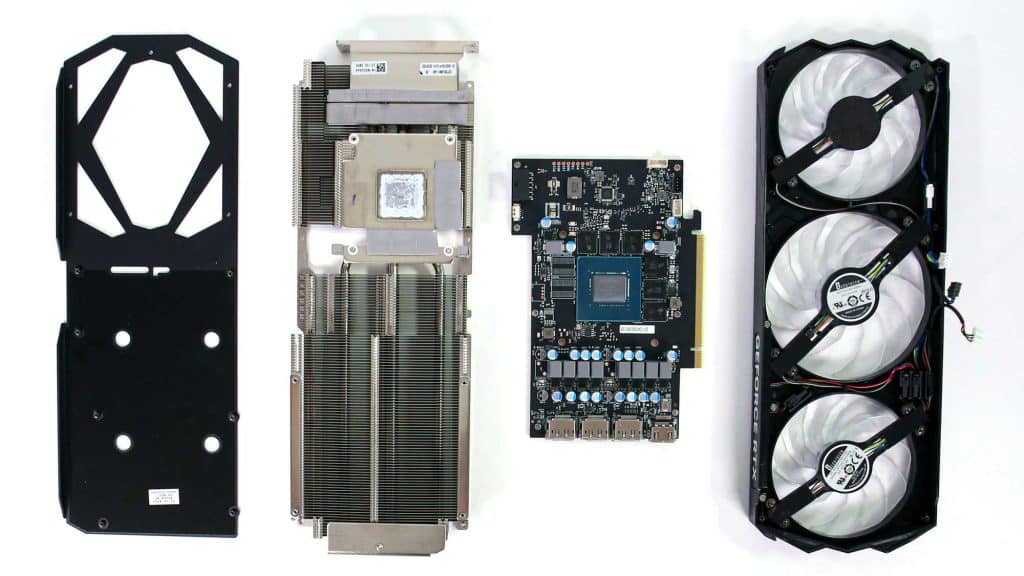
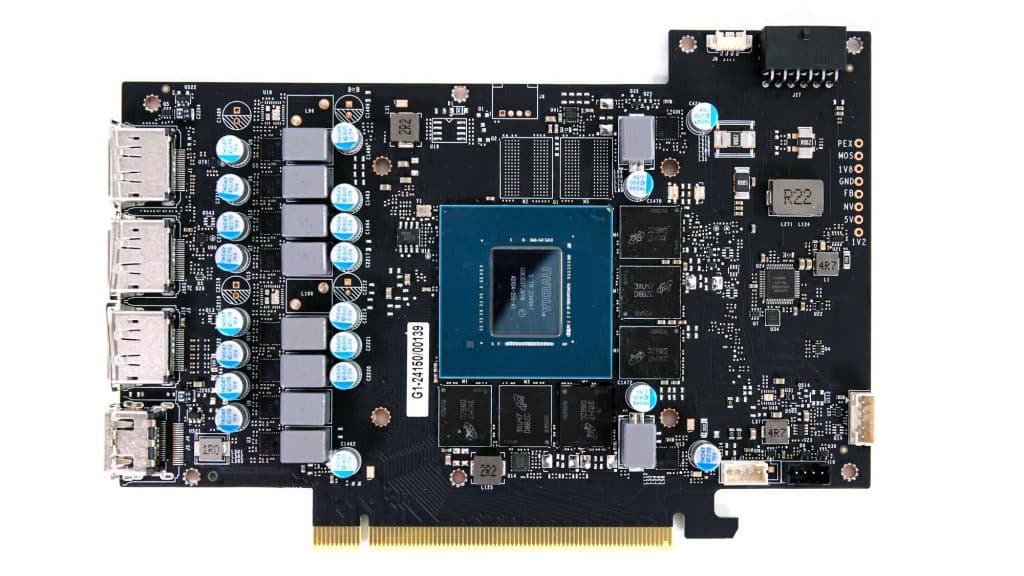
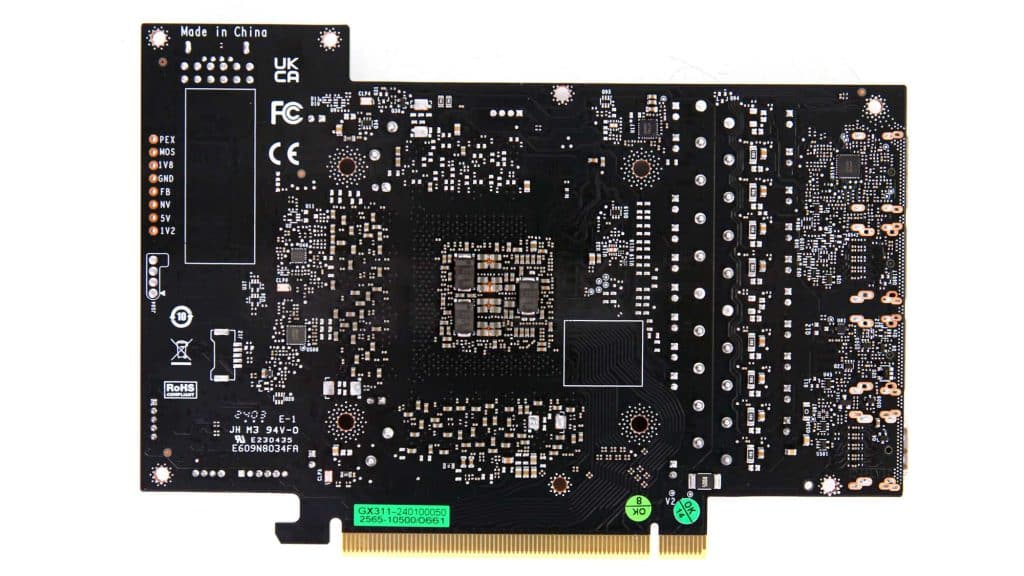
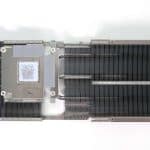
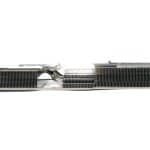
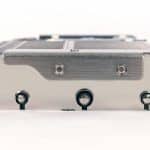
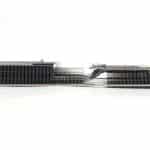
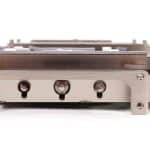
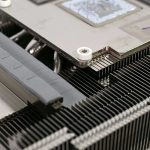
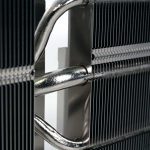
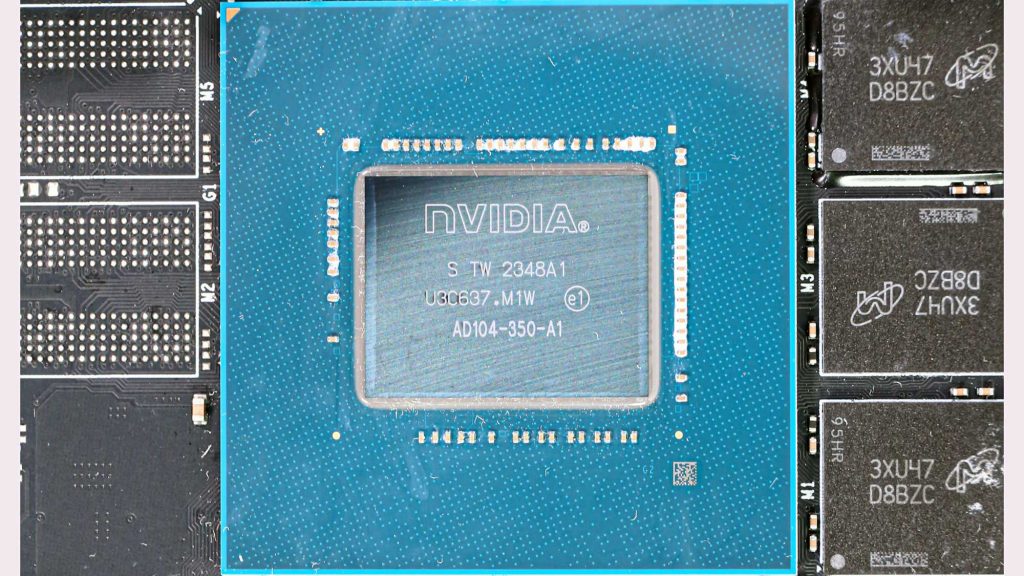
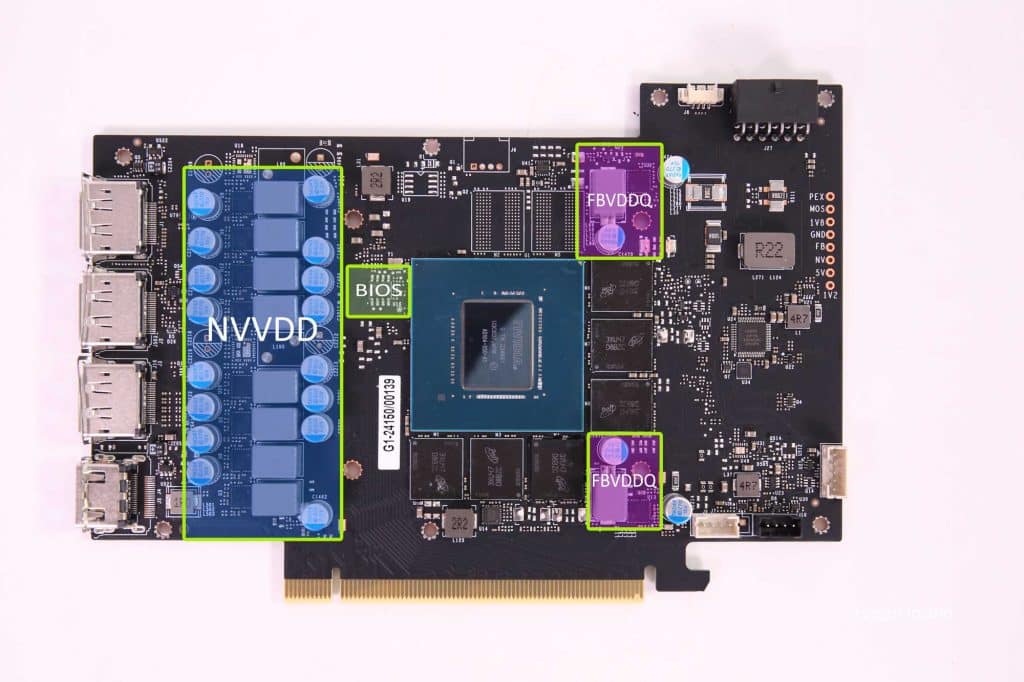

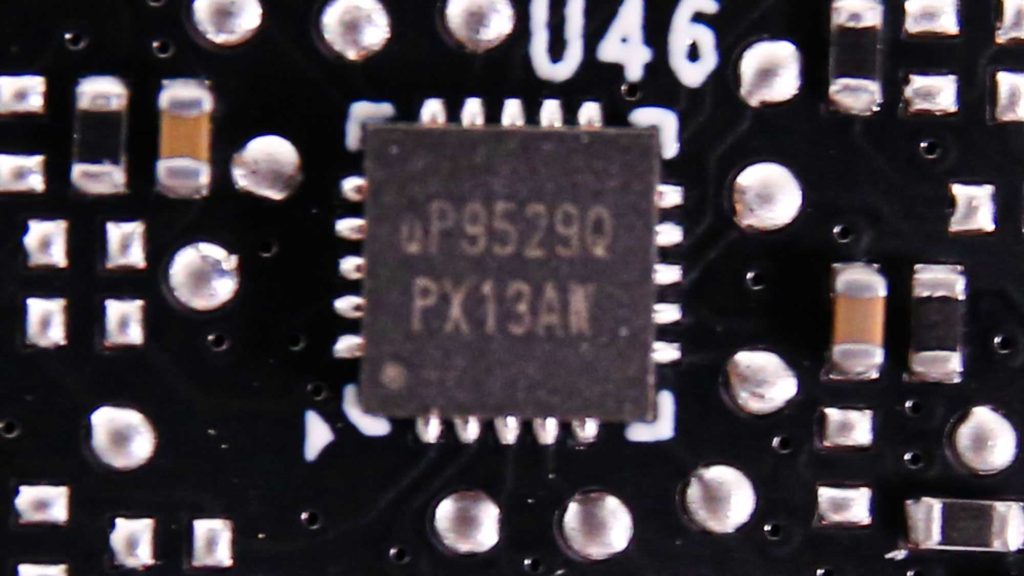
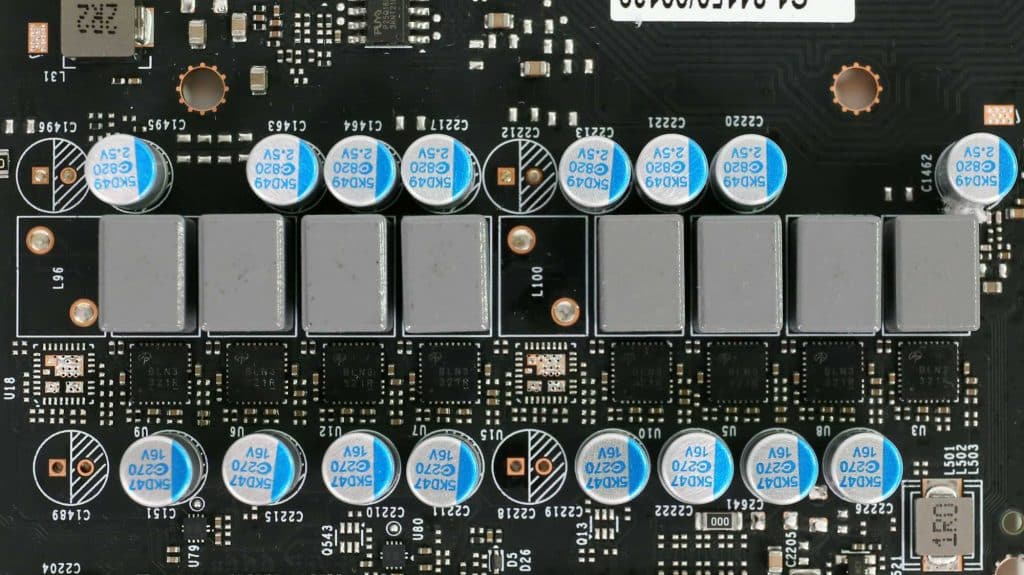

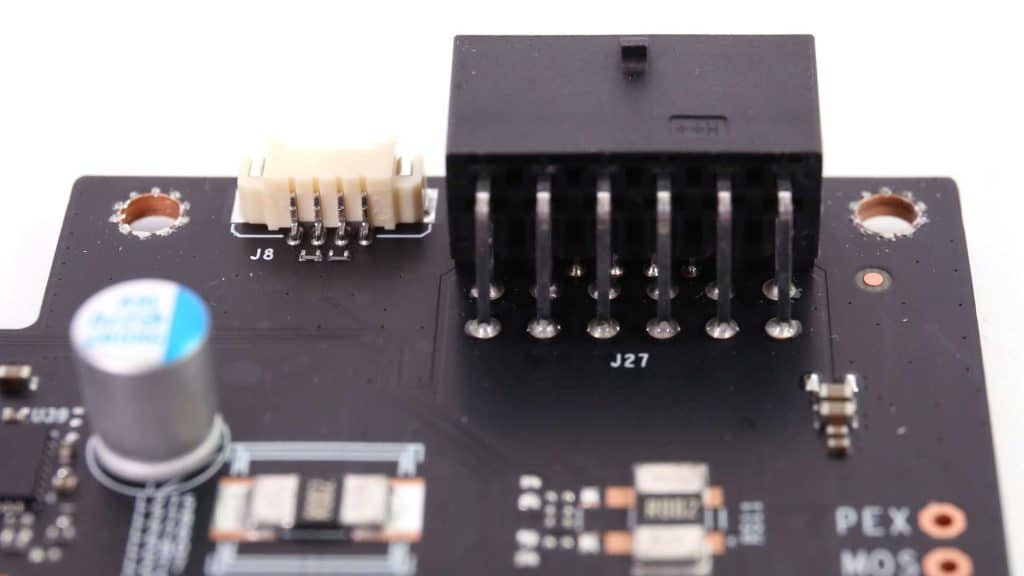
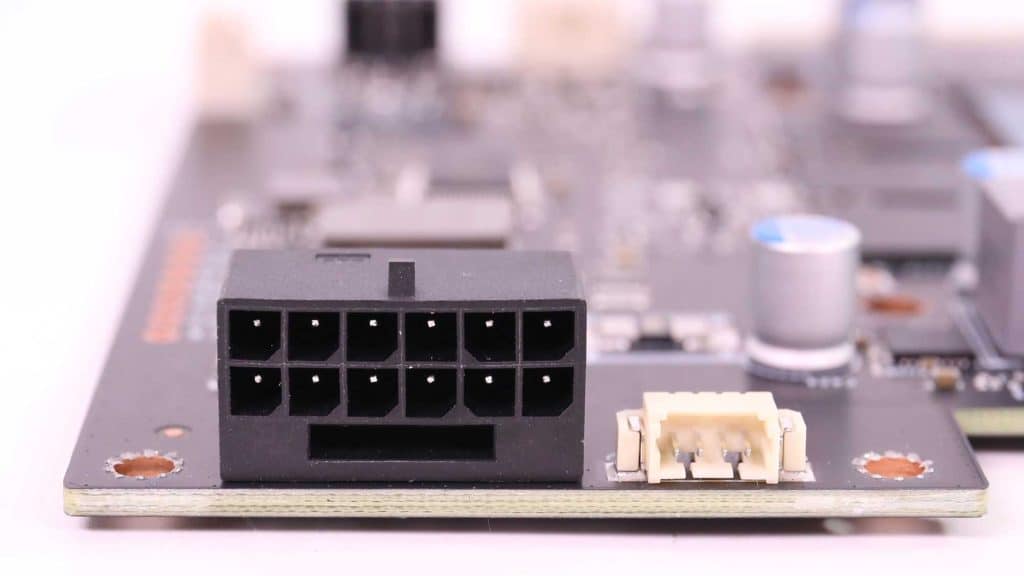

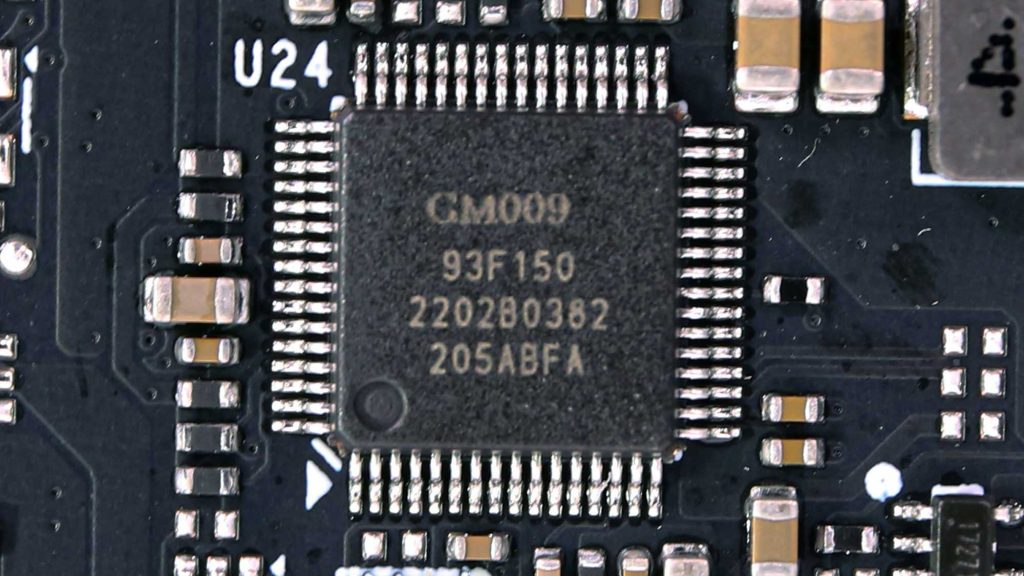
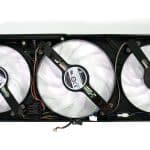
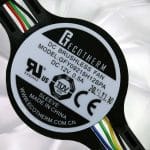
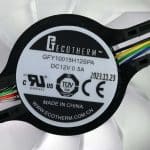
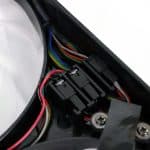

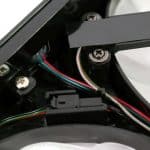

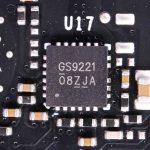
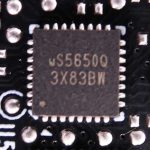
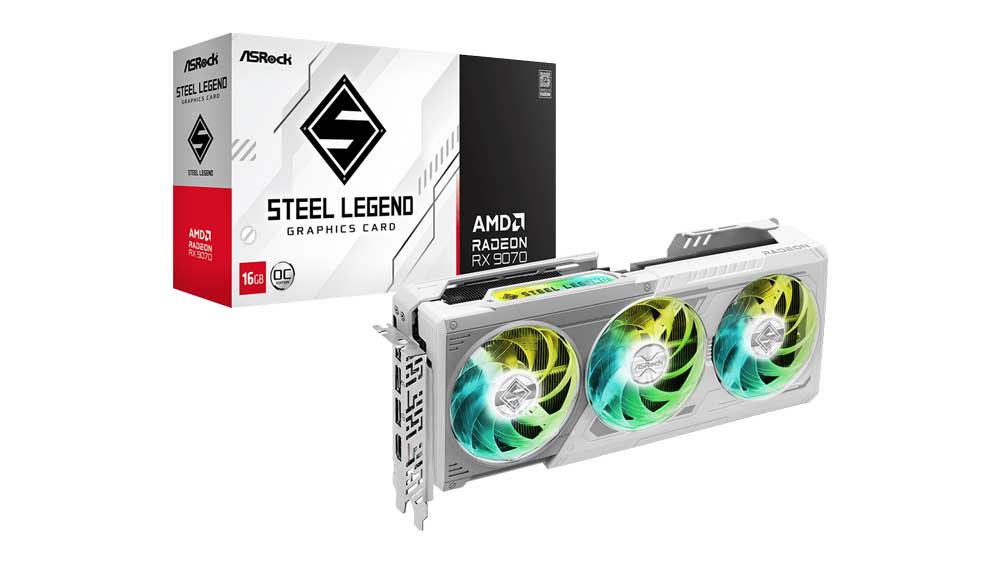

Since it looks like the 40 super series uses the new 12v-2×6 headers, does this mean that ATX 3.0 psus using 12vhpwr won’t have that burning issue? Thanks for all you do.
Nope, there won’t be a problem with ATX v3.0 PSUs because the cable remains exactly the same, and on the PSU side, there weren’t any notable issues.
Thank you for the reply! I’ve been unnecessarily stressed because I got a 4080 super FE and was worried about fire thing as this is my first pc build.